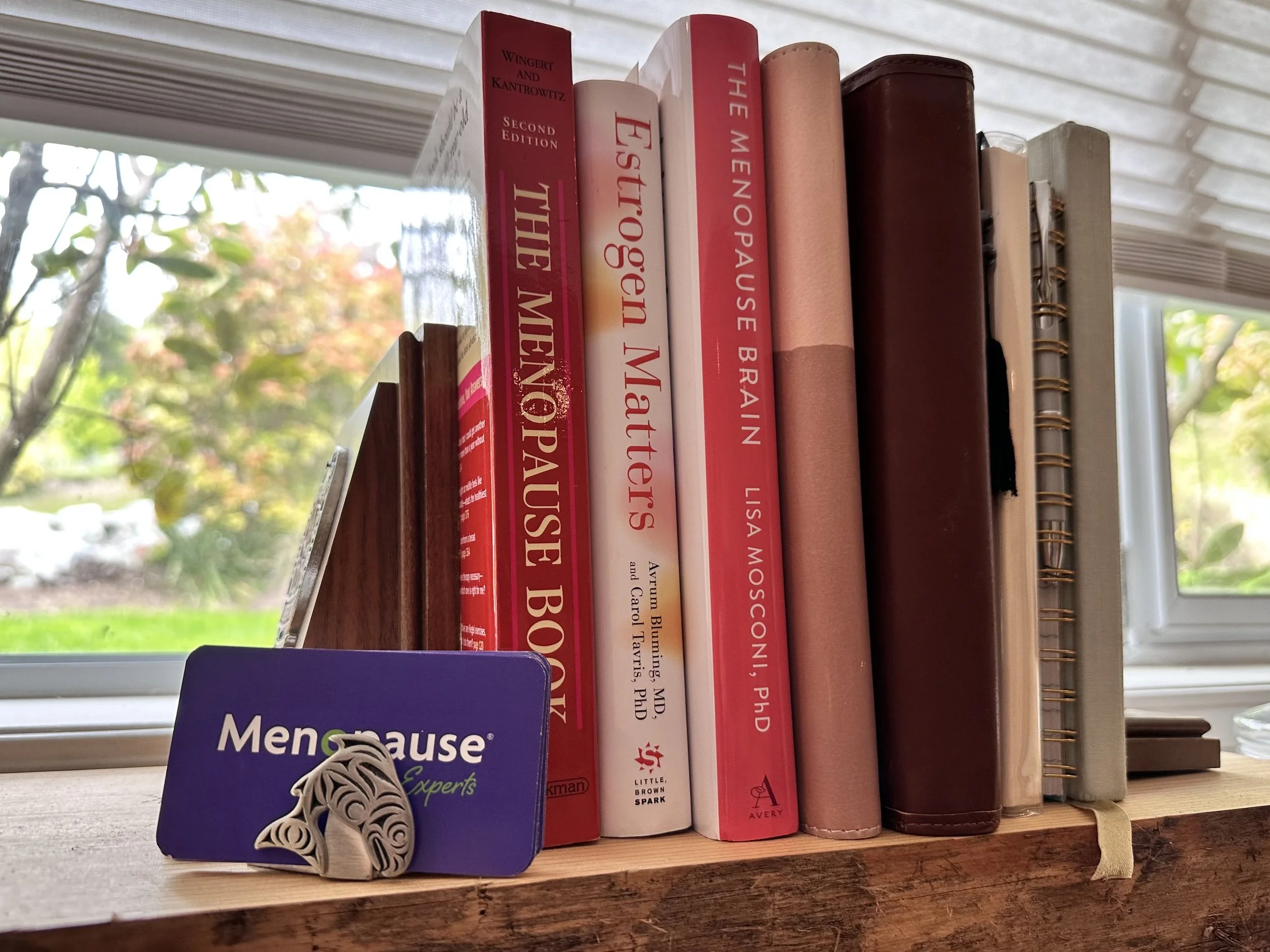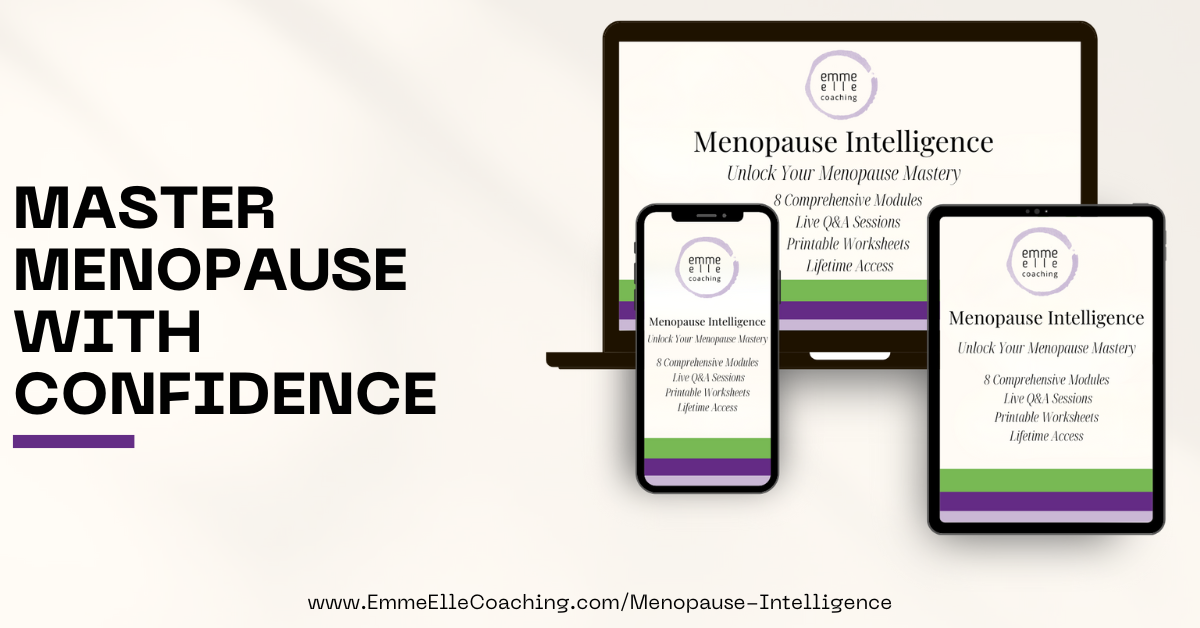The Truth About Osteoporosis Prevention in Postmenopausal Women
As postmenopausal women, many know that protecting bones is vital to longevity. That is because as we age, women enter a stage of life where bone density often starts to decline. Osteoporosis—a condition that leaves bones porous, fragile, and prone to fractures—has become an urgent health concern for women over 50. Life expectancy following a hip fracture severely declines.
For years, conventional wisdom has held that increased intake of calcium and vit D could prevent osteoporosis. However, research from the 1960s and 70s, along with insights from research by Dr. Avrum Bluming Dr. Carol Tavris in the book Estrogen Matters, reveals a more complex picture of bone health and resilience.
Historical Confusion Between Osteoporosis and Osteomalacia
One reason calcium and vitamin D were so heavily promoted as solutions for bone health stems from an early medical confusion between osteoporosis and another bone condition called osteomalacia. Osteomalacia, characterized by the softening of bones due to severe vitamin D deficiency, does indeed respond well to vitamin D and calcium. However, osteoporosis and osteomalacia are distinctly different conditions, each affecting bones in unique ways.
Osteoporosis involves the thinning and weakening of bone tissue, making bones brittle and more prone to fractures. Unlike osteomalacia, which is a deficiency-related softening, osteoporosis is more about structural integrity, particularly the loss of density in the inner bone matrix that gives bones flexibility and resilience. This distinction is crucial because it means that treatments effective for osteomalacia do not necessarily provide the same benefit for osteoporosis. When calcium and vitamin D became widely prescribed, the assumption was that osteoporosis could be managed similarly, but that assumption is incorrect. Unfortunately, this misunderstanding with long-lasting implications for women’s health.
It’s More Than Just Calcium and Vitamin D
Many women are encouraged to load up on calcium and vitamin D to protect their bones, with some health experts recommending even more aggressive supplementation for postmenopausal women. However, studies dating back decades indicate that increasing calcium levels alone—whether through diet or supplements—may not offer the protection against fractures and osteoporosis that was once thought.
The reason lies in the structure of our bones. Bones are not merely hard, dense structures; they are dynamic tissues with both inner and outer layers that need to be nourished differently. It turns out that it’s not just the density or “hardness” of the outer bone that keeps our skeleton strong; it’s the inner architecture that provides flexibility and resilience, which ultimately protects against fractures. The common practice of bolstering calcium levels may enhance the outer “shell” of the bone, but it doesn’t reach or strengthen the bone’s interior matrix, where much of the flexibility and shock absorption lies.
Why Vitamin D Supplementation Falls Short
While vitamin D is important for calcium absorption, studies from the 1960s and 70s found that vitamin D supplementation—either alone or in combination with vitamin C or other nutrients—doesn’t necessarily translate to better bone protection. The theory behind vitamin D is that it aids calcium absorption, ensuring it can integrate into bones. However, if that calcium primarily contributes to the outer structure without improving the inner resilience, the benefits of vitamin D in this context are limited.
The Role of Estrogen Therapy in Bone Health
What truly impacts bone health for postmenopausal women is estrogen. Estrogen plays a significant role in maintaining bone density and strength, particularly by promoting the growth and repair of bone tissue. Dr. Bluming and Tavris highlights how women who are on estrogen replacement therapy (ERT) or hormone replacement therapy (HRT), also referred to as Menopause Hormone Therapy (MHT), before reaching the age at which osteoporosis risk typically increases show remarkable improvements in bone health. His research suggests that the protective effects of estrogen on bone strength and flexibility are unmatched by any vitamin or mineral supplementation alone.
Women who have been on hormone therapy consistently for around a decade before menopause—essentially fortifying their bodies before bone deterioration accelerates—appear to have a markedly reduced risk of osteoporosis. The reason is, estrogen’s influence reaches the inner layers of bone, supporting the matrix that underpins strength and flexibility. This kind of resilience helps prevent fractures far more effectively than simply thickening the outer layer of bone.
Why Hormone Therapy Is Not Widely Recognized for Bone Health
HRT/MHT has been controversial for years, particularly following the release of the Women’s Health Initiative (WHI) study in 2002, which raised concerns about potential links between hormone therapy and increased risks of certain health conditions, namely breast cancer. However, more recent research, including Bluming’s work, challenges these fears and emphasizes the overwhelming benefits that hormone therapy can provide for bone health, especially when therapy is initiated before significant bone loss occurs. While estrogen therapy may not be appropriate for every woman, it’s clear that the benefits of ERT/MHT in terms of bone health deserve more attention in the conversation about osteoporosis prevention.
Rethinking Osteoporosis Prevention in Midlife
So, what can we take away from all of this? The traditional emphasis on calcium and vitamin D as the primary defenses against osteoporosis might need to be reconsidered. While these nutrients do play a role in bone health, especially for basic maintenance, they’re not the panacea for preventing fractures that we once believed. Instead, maintaining the integrity of our bones, particularly the inner structure that provides flexibility and resilience, might require a more comprehensive approach—one that includes a serious look at the benefits of estrogen therapy.
If you’re considering hormone replacement therapy as part of your menopause care, a conversation with a trusted healthcare provider is a good first step. With the guidance of experts and insights from comprehensive research, such as that found in Estrogen Matters, you can make an informed decision about whether ERT might be a protective tool for your long-term bone health.
In Conclusion
For postmenopausal women, bone health goes beyond just taking calcium and vitamin D. While these are essential nutrients, they alone are not enough to support the structural complexity of our bones as we age. Estrogen plays a key role in strengthening the inner layers of bone that truly protect against fractures. By understanding these nuances and exploring options like ERT, we can make empowered choices that protect our bones and enhance our quality of life well into our golden years.
Through knowledge, we can advocate for our health, pushing beyond outdated notions and making choices that keep us strong, resilient, and ready to embrace every stage of life with confidence.
Are you ready to take control of your menopausal journey?
Join our Menopause Intelligence Digital Course today! Take agency of your journey. Learn to advocate for your health choices and make informed decisions that enhance your wellbeing. Don’t wait—sign up now and equip yourself with the wisdom to thrive during this pivotal time in your life!
Disclaimer: The information provided in this article is for educational purposes only and is not intended to serve as medical advice. It should not be used as a substitute for professional consultation with a qualified healthcare provider. Always seek the advice of your physician or other qualified health professional with any questions you may have regarding a medical condition or treatment.


